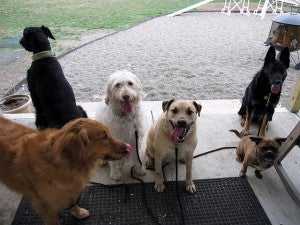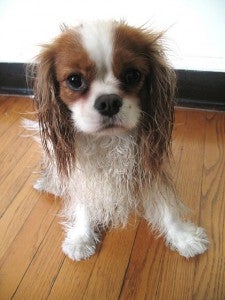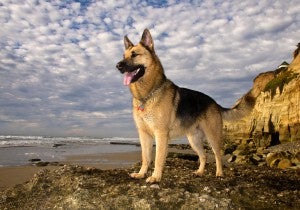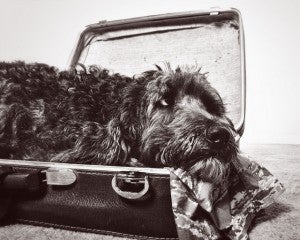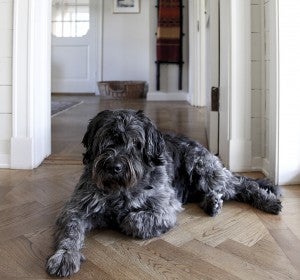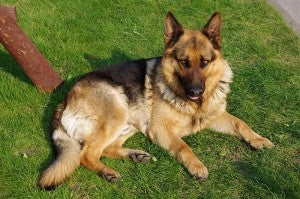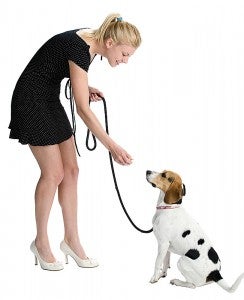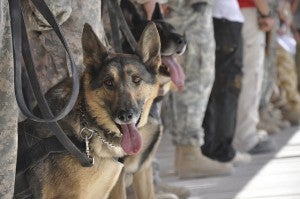 Leaving your precious dog for a long period of time is a hard thing to do and wondering what choices you have for his care can be very stressful. Dogs do not keep track of time, this is an important thing to remember, and by knowing this information it will help you to feel at ease when you have to leave. The important thing to know is how the situation is when you leave. Showing your dog emotions that are happy and positive will free your dog from feeling insecure or anxious, so upon your return your dog will relate to these emotions and feel happy as when you left.
Leaving your precious dog for a long period of time is a hard thing to do and wondering what choices you have for his care can be very stressful. Dogs do not keep track of time, this is an important thing to remember, and by knowing this information it will help you to feel at ease when you have to leave. The important thing to know is how the situation is when you leave. Showing your dog emotions that are happy and positive will free your dog from feeling insecure or anxious, so upon your return your dog will relate to these emotions and feel happy as when you left.
Thinking of who would be the best choice to take care of your dog in the same special way that you do, and to give him the love and attention that he needs is a very important and hard decision to make.
If you are thinking about choosing a parent, friend or a loved one there are several important things to consider. First be sure the place your caregiver lives allows dogs and does not ban the breed of dog you own. Your dog should know the caregiver very well and get along together and have a positive relationship. The caregiver should treat your dog the same way that you do so your dog will feel safe and secure in your absence. Will your dog be able to keep his daily routine that he is used to, such as his play, exercise feeding and sleep time. If your caregiver is a senior they may not be strong enough or have physical limitations to handle your dog if he has a lot of energy or is a big dog. Knowing that your dog can still enjoy his daily routine, the caregiver should keep your dog’s lifestyle as normal as possible because as a result of your absence your dog will experience some stress.
To ensure your dog’s health while you are away provide your caregiver with information about any special treatment or medication your dog may need. Also give your caregiver your veterinarians and a 24 hour Animal Hospital’s phone number and address. Advise your veterinarian that you will be deployed and who will be taking care of your dog in your absence. Your dog is your financial responsibility while you are away so arrange with your caregiver to pay for veterinary care, emergencies, food, supplies and grooming.
If you are unable to find a caregiver that you can trust and be responsible for the best care for your dog, a professional foster organization may be your best choice. An industry that is small but growing fast is pet fostering. Military personnel have the option for short and long term care for their dogs. Private foster homes that are qualified and experienced take your dog into their home for the entire time you are deployed, giving your dog socialization, exercise, veterinary care, shelter and food. Foster parents are volunteers and do not receive any money except for veterinary expense and your dog’s normal living. Check in your state if there are any requirements for these fosters to be licensed which will put your mind at ease knowing they are to go by strict rules in the care of your dog.
Exploring all of your options will make your choice easier as you decide what would be the best fit for your dog while you are away. Knowing that your dog will be taken care of in the best possible way will make the time you both are separated less stressful. Upon your return you will have a happy reunion.
Photo credit: The U.S. Army/Flickr

















